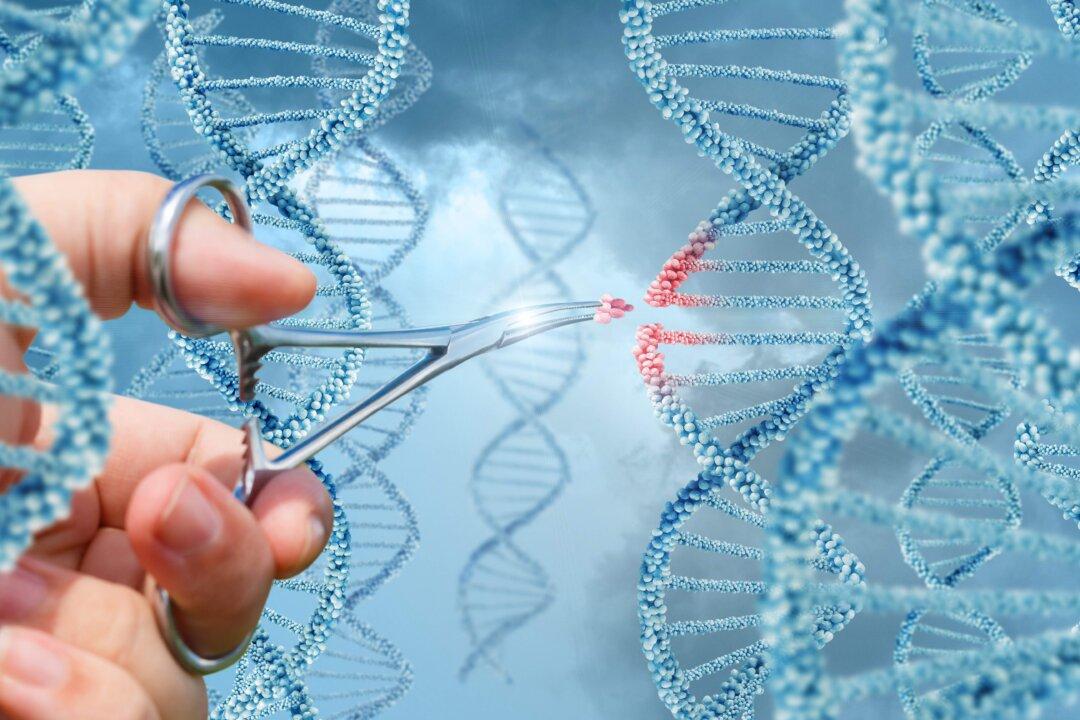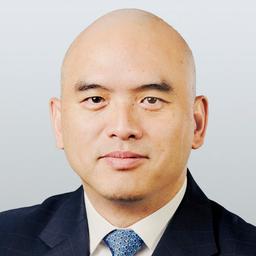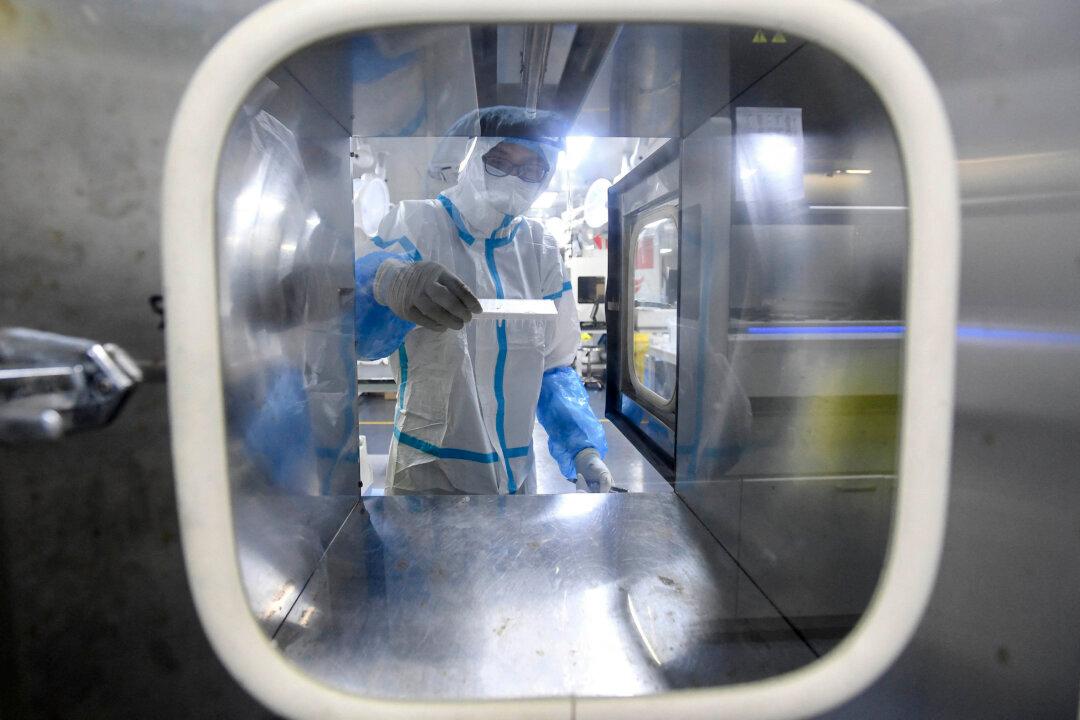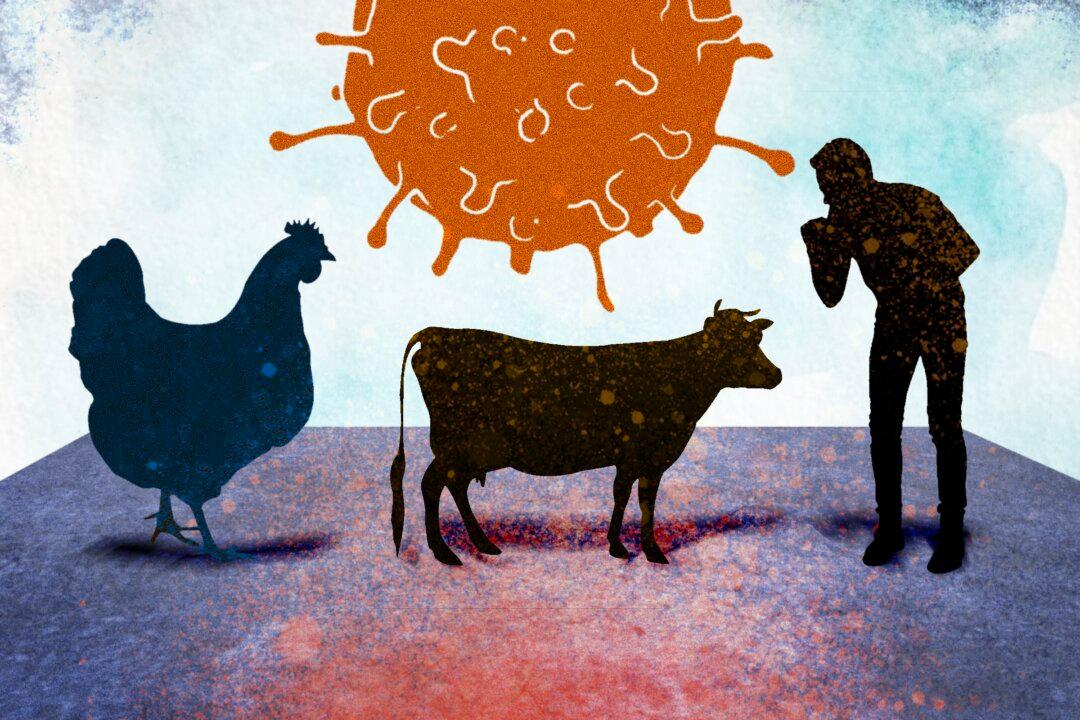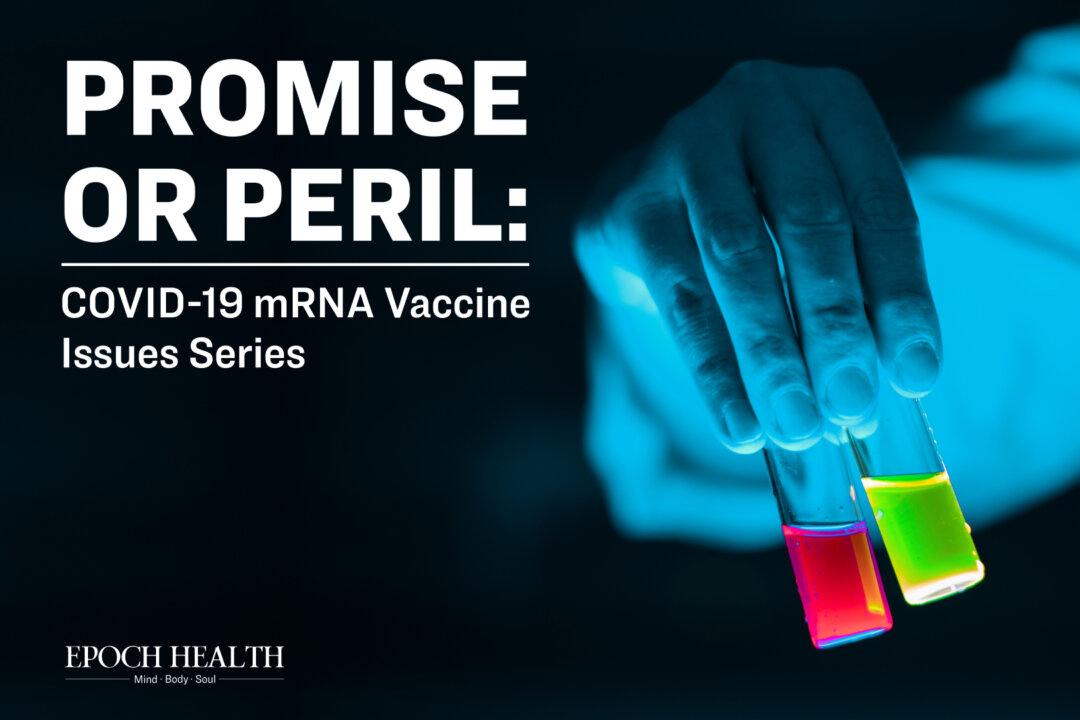In the June 2022 issue of Virologica Sinica, researchers at Wuhan Institute of Virology (WIV) published a paper that said WIV efficiently assembled a large fragment of the monkeypox virus genome for the purpose of developing a PCR test for monkeypox.
This WIV article is not particularly eye-catching at the first glance, but it does raise doubts when one thinks about its objective and approaches.

